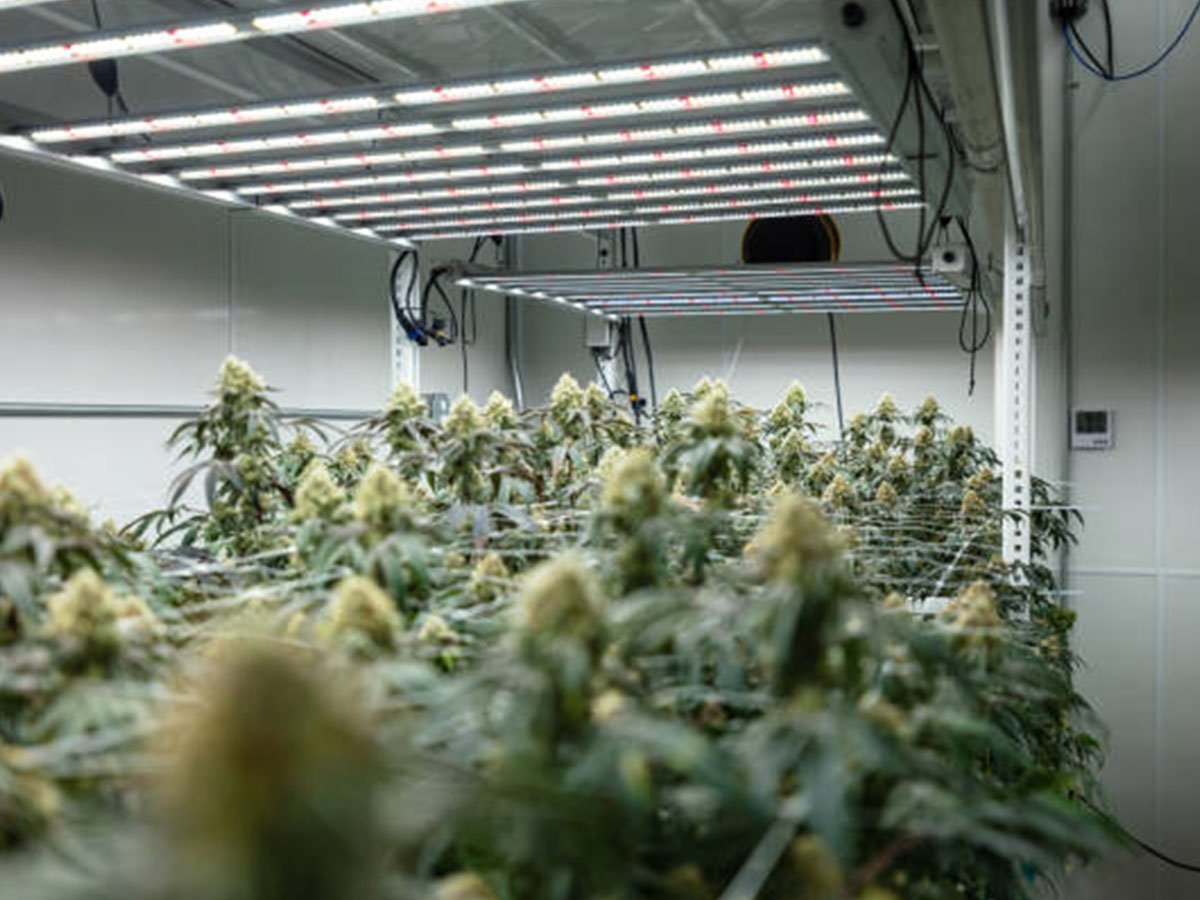Plugging into the Future: Exploring the Evolution of Plug Connectors
The Birth of Plug Connectors
Plug connectors have become an indispensable part of our everyday lives. From charging our smartphones to powering our appliances, plug connectors play a crucial role in delivering electricity to our devices. The evolution of plug connectors has come a long way since their inception.
From Two Pins to Multiple Contacts
In the early days, plug connectors consisted of only two pins, designed to connect a device to a power source. However, as technology advanced, the need for more complex connections arose. This led to the development of plug connectors with multiple contacts, allowing for the transfer of not only power but also data and signals.
The Introduction of USB Connectors
One of the most significant advancements in plug connector technology was the introduction of USB connectors. USB, which stands for Universal Serial Bus, revolutionized the way we connect and transfer data between devices. USB connectors are now found in various forms, such as USB-A, USB-B, and the more recent USB-C.
Miniaturization and Portability
With the increasing demand for smaller and more portable devices, plug connectors had to adapt. Manufacturers started developing compact and space-saving connectors, such as micro USB and Lightning connectors. These smaller connectors allowed for the design of slimmer devices while still providing the necessary functionalities.
Wireless Charging
As technology continues to evolve, plug connectors may not be the primary method of charging in the future. Wireless charging is gaining popularity, offering a convenient and cable-free way to power our devices. This technology utilizes electromagnetic fields to transfer energy between a charging pad and the device, eliminating the need for physical plug connectors.
The Role of Connectors in IoT
The Internet of Things (IoT) has brought about a new era of connectivity. Plug connectors play a vital role in connecting devices in the IoT ecosystem. Smart homes, wearable devices, and industrial automation systems all rely on plug connectors to establish and maintain connections between various devices and sensors.
Advancements in Durability and Reliability
Plug connectors have also seen improvements in terms of durability and reliability. With the introduction of more robust materials and advanced manufacturing techniques, connectors are now designed to withstand harsh environments, frequent plugging and unplugging, and provide a secure and stable connection.
Energy Efficiency and Environmental Considerations
As the world becomes more conscious of energy consumption and environmental impact, plug connectors are evolving to be more energy-efficient and eco-friendly. Efforts are being made to reduce power losses during transmission and develop connectors made from recyclable materials, ensuring a greener future.
The Future of Plug Connectors
The future of plug connectors looks promising. We can expect to see further advancements in wireless charging technology, faster data transfer rates, and even smarter connectors that can adapt to different devices. Plug connectors will continue to play a crucial role in powering and connecting our ever-expanding array of devices.
Conclusion
From their humble beginnings as two-pin connectors, plug connectors have evolved to become versatile and essential components in our increasingly connected world. As technology continues to advance, we can expect plug connectors to adapt and improve, catering to the needs of future devices and ensuring seamless connectivity.

